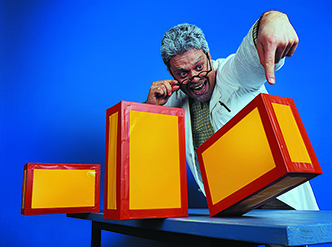
Juggling careers: science and teaching in Germany
April 30, 2010 | Issue 14Jörg Gutschank tells Vienna Leigh how his circus skills inspired him to take up teaching and saw him through his training – and how they help in the classroom.


Jörg Gutschank tells Vienna Leigh how his circus skills inspired him to take up teaching and saw him through his training – and how they help in the classroom.
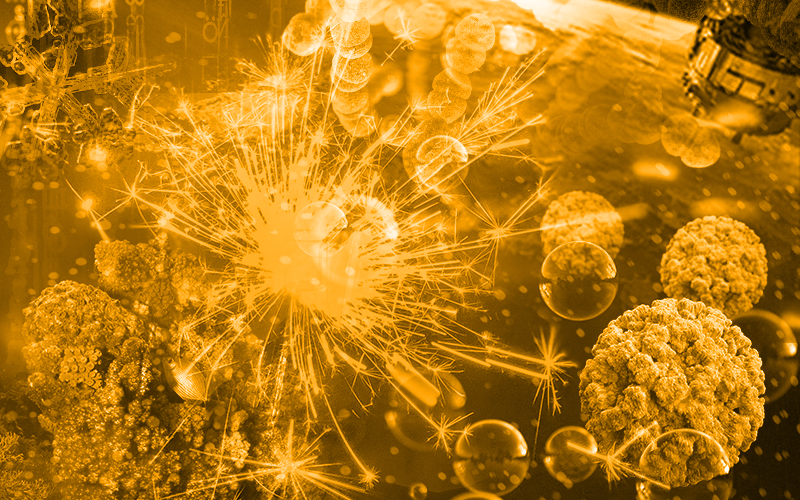
When I recently told a taxi driver that I was on my way to give a lecture on evolution in northern Germany, the young man asked me, looking straight ahead, “So, do you think Darwin got it right?” A bit taken aback, I answered that yes, by and large, Darwin had got it just right – only to be…

URL: www.practicalchemistry.org
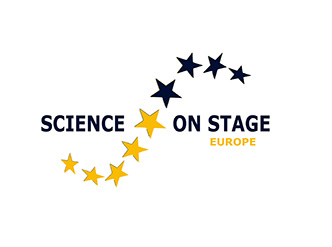
As the whirl of national Science on Stage activities continues, Eleanor Hayes reports on some recent events from Spain, German and even Canada.

What is matter? How did the Universe begin? Are there other planets like Earth? And how do we know? Eleanor Hayes reports on the first EIROforum teacher school.
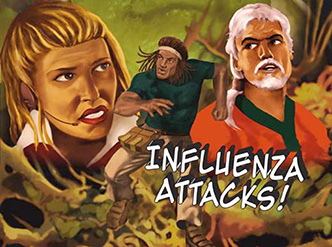
Comics have generally been considered as nothing more than a cheap pastime. However, Mico Tatalovic suggests some useful comics to help promote and explain science to students.

Lucy Patterson talks to Yasemin Koc from the British Council about scientific thinking as a versatile tool for life.
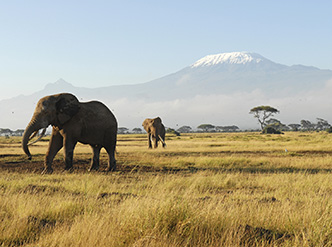
We know that particular genetic sequences can help us to survive in our environment – this is the basis of evolution. But demonstrating which genetic sequences are beneficial and how they help us to survive is not easy – especially in wild populations. Jarek Bryk describes some relevant recent…
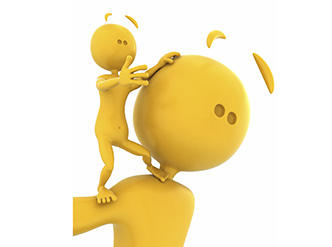
French astrophysicist Pierre Léna talks to Marlene Rau about science education as a symphony, the importance of curiosity, and his commitment to spreading inquiry-based science teaching in Europe and beyond.
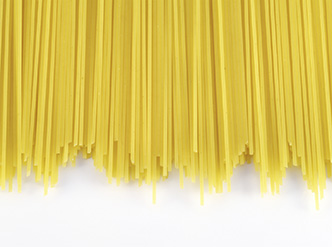
A string of glucose molecules: starch. It sounds simple, but it isn’t. Dominique Cornuéjols and Serge Pérez explore the intricacies of its structure – and show that the mystery is by no means solved.

Peter Douglas and Mike Garley investigate how chemistry and light interact in many aspects of our everyday life.
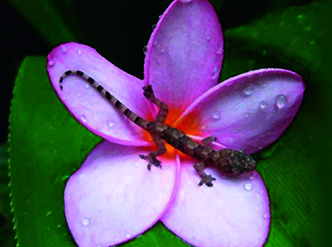
In celebration of the International Year of Biodiversity 2010, Matt Kaplan takes us on a whirlwind tour through the previous year’s most inspiring discoveries of biodiversity.
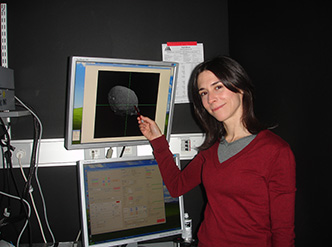
Lucy Patterson talks to Èlia Benito Gutierrez, from the European Molecular Biology Laboratory in Heidelberg, Germany, about how Èlia’s favourite animal, amphioxus, could be the key to understanding the evolution of vertebrates.
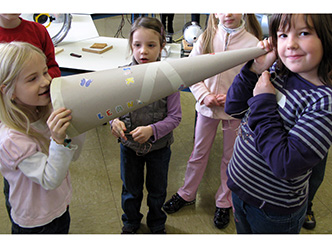
Werner and Gabriele Stetzenbach tell us how kindergarten and primary-school children discover the world of physics together with secondary-school students as their mentors. Why not try it in your school?
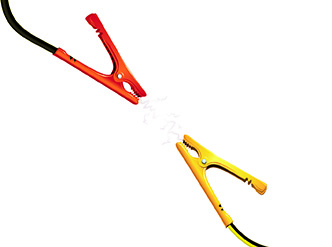
We all know that yeast is used to produce beer and bread – but electricity? Dean Madden from the National Centre for Biotechnology Education, University of Reading, UK, shows how it works.
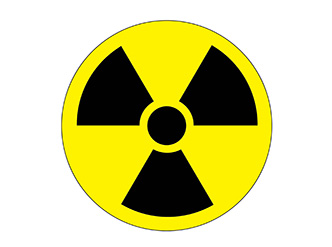
Marco Budinich and Massimo Vascotto introduce a school project to measure radon levels in your own home.
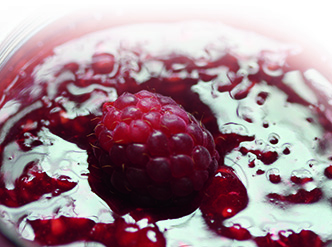
Nataša Gros, Tim Harrison, Irena Štrumbelj Drusany and Alma Kapun Dolinar introduce a selection of experiments with a simple spectrometer designed especially for schools – and give details of how to perform one of the activities.
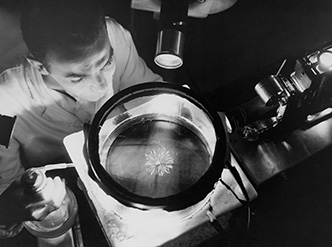
Particle physics is often seen as something only for huge research institutes, out of reach of the general public. Francisco Barradas-Solas and Paloma Alameda-Meléndez demonstrate how – with the aid of a homemade particle detector – you can dispel this myth by bringing particle physics to life…
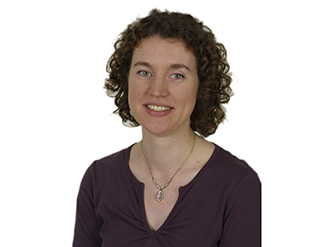
In this issue, a common theme is the nature of science and how to teach it. Pierre Léna, interviewed in our feature article, believes that when teaching science “it’s important to convey the idea that science is a human and collective adventure, not a lonely and national activity”. For him,…